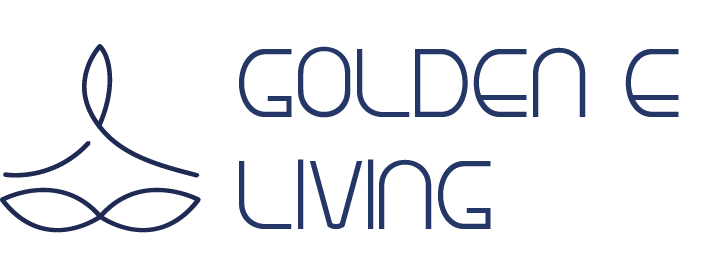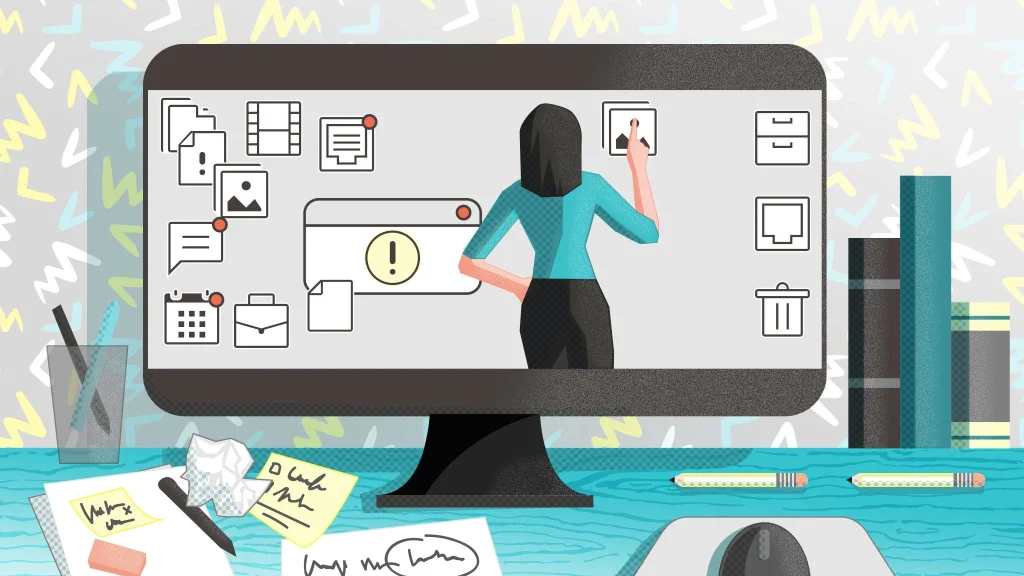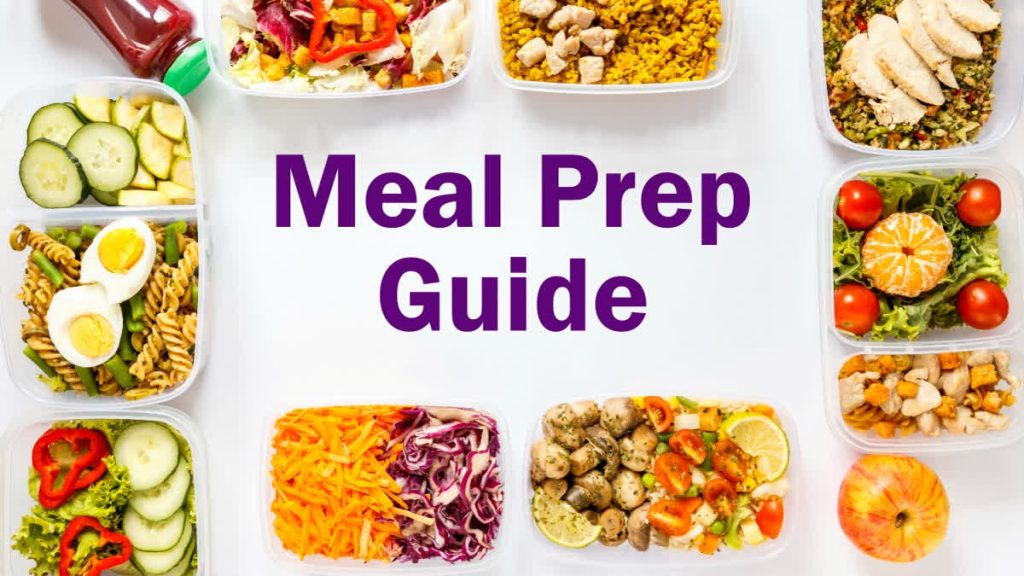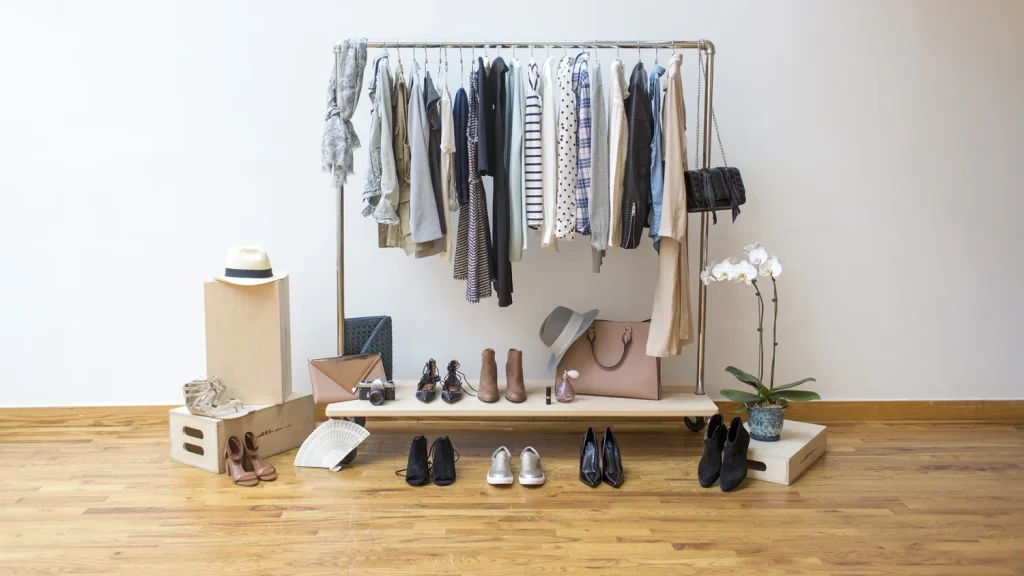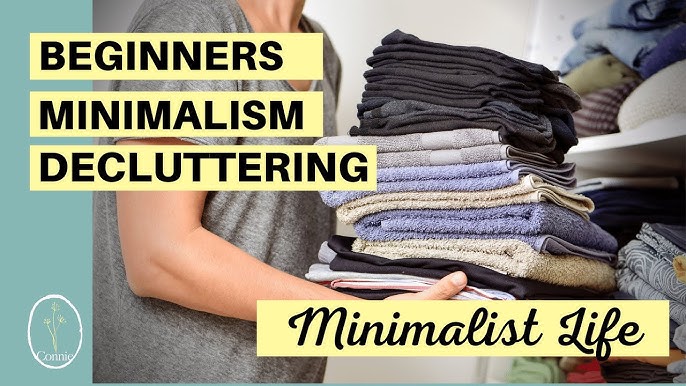
Minimalism isn’t about deprivation but about removing excess to focus on what matters. A UCLA study found that the average American home contains 300,000 items, and clutter has been linked to increased cortisol levels. This beginner’s guide helps you start decluttering without feeling overwhelmed.
The Psychology of Decluttering
Why minimalism benefits mental health:
- Reduces decision fatigue (fewer choices)
- Lowers stress hormones associated with visual clutter
- Creates physical and mental space
- Makes cleaning and organization easier
The Beginner’s Decluttering Method
A gentle approach:
- Start small: One drawer or shelf at a time
- The 90/90 rule: Have I used this in the last 90 days? Will I in the next 90?
- Four-box method: Keep, donate, trash, undecided
- Digital decluttering: Apply same principles to files and apps
Common Sticking Points
How to handle difficult items:
- Sentimental items: Keep only the most meaningful; photograph others
- “Just in case” items: If easily replaceable under $20, let go
- Gifts: Thankfulness doesn’t require keeping forever
- Duplicate items: Keep the best one
Maintaining a Minimalist Lifestyle
Prevent clutter from returning:
- One in, one out rule
- 24-hour waiting period for non-essential purchases
- Regular (seasonal) reassessment of possessions
- Focus on experiences over things
A Princeton University study found that people who decluttered their homes reported 32% less daily stress and saved an average of 45 minutes daily searching for misplaced items. Remember that minimalism looks different for everyone – it’s about intentionality, not a specific number of possessions.
